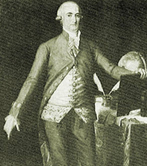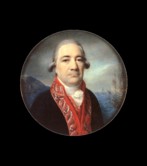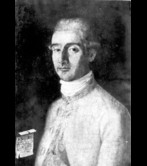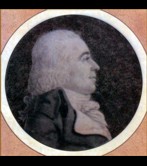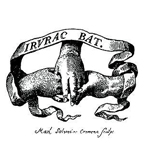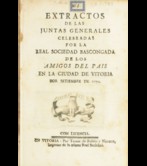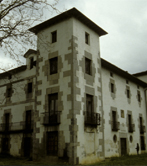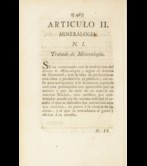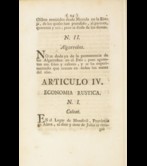Guipuzcoan enlightenment
Who were the people of the Enlightenment?
Against this background of crisis arose an enlightened political and ideological project at the hands of the Gipuzkoa, Alavés and Bizkaia oligarchy, a small group of interrelated families who accumulated ships, foundries, palaces, caseríos, land and other profits from entailed estates as well as holding public office. For example, in 1765, six members of the Diputación were from the same family.
The Royal Basque Society of Friends of the Nation
The seed of the Real Sociedad Bascongada de Amigos del País (the Royal Basque Society of Friends of the Nation) can be found in the gatherings held in the Palacio Insausti in Azkoitia which were organised by the Count of Peñaflorida after his return from France in 1746. Its aim was to “cultivate a taste for the arts and sciences, correct and polish customs, and get rid of leisure and ignorance”. The society adopted as its coat of arms an image of three hands joined under the motto “Irurac Bat”, a symbol of the unity of the three provinces.
Spheres of action
In economic terms, the society wanted to bring about agricultural reform that would lower the cost of living. It also proposed modernizing the ironworks and diversifying the economy and developing experimental research. The Bascongada’s other field was culture, especially educational reform. Its biggest success was Real Seminario de Bergara (the Bergara Royal Seminary). In primary education it didn’t practise what it preached, which was the need for women and the children of peasants and artisans to receive basic education, but it didn’t found a single school to make this a reality. The society was also concerned with public health and introduced smallpox vaccine among other measures. One of the main contributions of the Seminary was made by Elhuyar brothers, who isolated wolfram (tungsten). A prominent member was the celebrated Alavés storyteller Samaniego, Peñaflorida’s nephew.
_petites.jpg)

